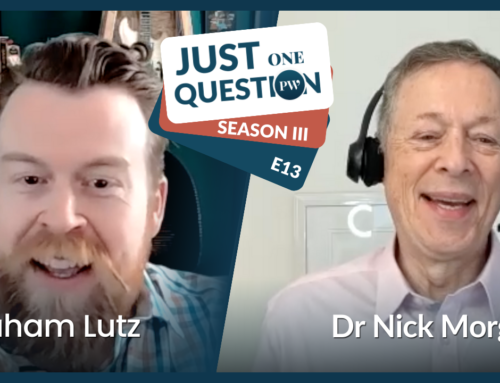The human brain is a much more powerful learning machine than we think. A recent study (Buch et al., 2021) reveals that in the seconds after learning something, the brain replays the activity at 20 times the speed of the original learning, as if it was consolidating it, embodying it, and making sure that the relevant concepts were grasped.
Add to this new idea the familiar one for any student of neuroscience that the human brain possesses more synapses than there are stars in the Milky Way, and you see that our learning potential must be near-infinite. We’ve got both speed and power.
We can also learn from this new research that giving an audience ten seconds or so to master something we’ve just taught them is a powerful way to enlist their brains in cementing the knowledge we’re trying to impart.
The most profound learning journey any human goes on is the one, of course, that takes place in the first months of life. Everything is new. Even light, color, and the changing tones of the room the baby finds herself in – all new.
Human speech apparently sounds like an undifferentiated blur of noise to a baby. Imagine how puzzling that must be! In addition to all the baffling visual stimulation, the humans around the baby give out a never-ending coo of sound that only very slowly starts to resolve itself into meaningful bits. First, words like “Mama” and “Dada” and then presumably words like “milk” and “bottle” and pretty soon another learning miracle has occurred, and the baby can not only make sense of her physical surroundings but begin to affect them by cooing in response.
We learn, in short, to be agents in our world.
Then, as we grow up, we learn to focus. That’s both helpful when it comes to learning, and also limiting. Helpful, because we have a greater capacity to categorize, file, and put away what we have learned. Limiting, because our capacity to remain open like a child, a learning sponge in effect, is much less than it was.
And there’s another way that focusing your conscious mind can be limiting. A 2015 study by a group of neuroscientists from the University of California, the University of Pennsylvania, and Johns Hopkins University found that the less you work your brain when learning, perhaps, the better. The researchers studied subjects learning a simple game over a six-week period. Those who used the part of the brain least associated with conscious planning, the frontal cortex, did the best. It’s better, it turns out, just to practice and not over-think what you’re doing. You learn faster. Let go of the outcome and just focus on the journey. One of the researchers noted, “It’s the people who can turn off the communication to these parts of their brain (the frontal cortex) the quickest who have the steepest drop-off in their completion times. It seems like those other parts are getting in the way for the slower learners. It’s almost like they’re trying too hard.”
The paradox of learning, and therefore of speaking, is encapsulated in this tension between focus and the openness of a child. Speakers need to use all the knowledge about how people learn that they can in order to increase the limited amount of information that most audiences retain – something between 10 and 30 percent, according to many studies. Awaken the child, and appeal to the adult, and you will be on the journey to success.









Amazing post, Nick.
So interesting, thank you
Thanks, Mar — I appreciate your feedback!